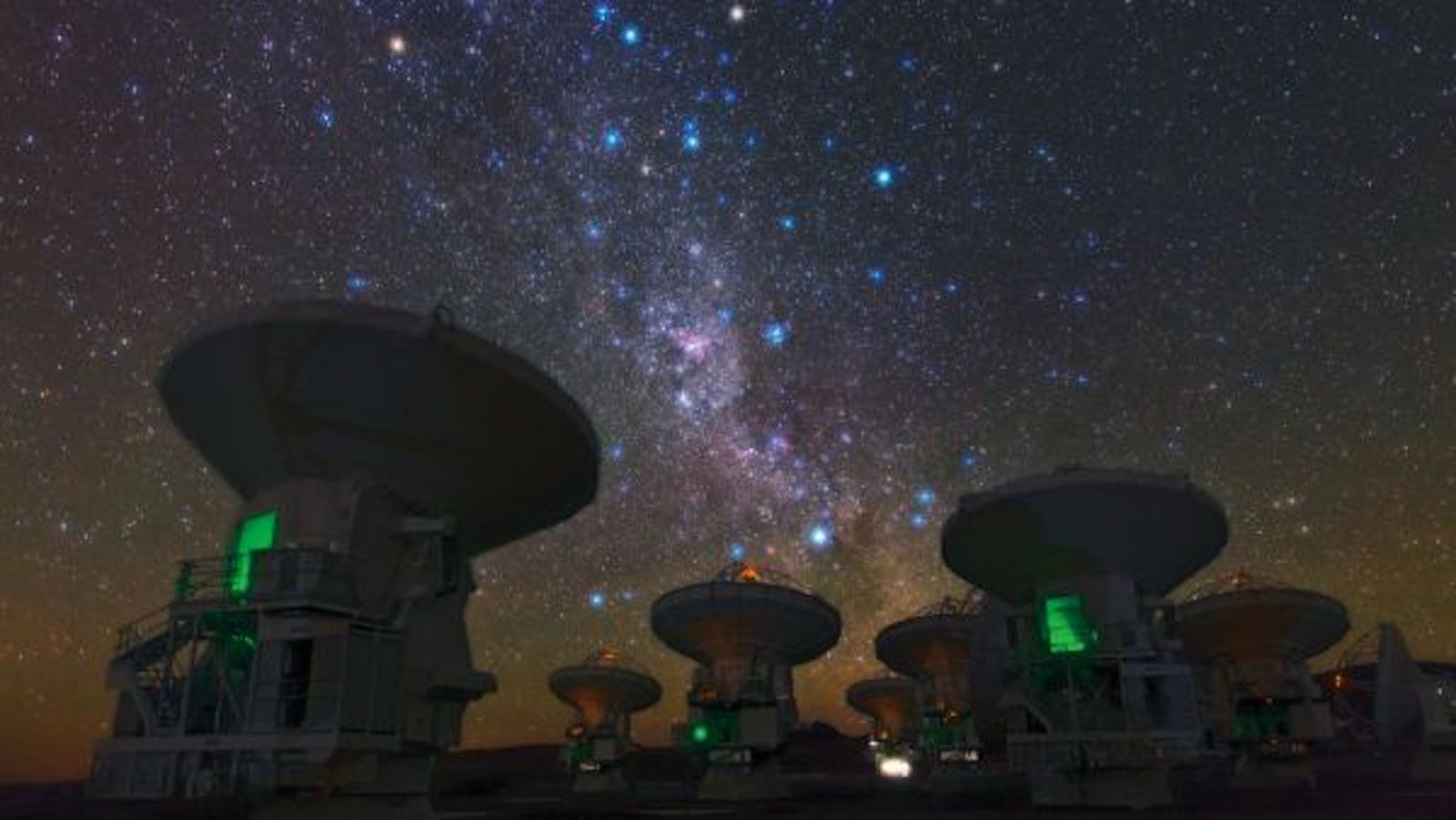Why do stars twinkle?
Honest answer: They don't.

Look up at the sky on a clear night in a dark area, and the stars appear to twinkle. The concept is so well established that it's the premise of one of the most popular children's songs of all time.
But what's the science behind this sparkly sight? What is it about stars that makes them twinkle?
It turns out, "twinkle, twinkle, little star" is a bit of a misnomer.
Related: 15 unforgettable images of stars
Stars don't actually twinkle
The honest answer to why stars twinkle is that they don't. The twinkling we see has nothing to do with the stars themselves. Rather, it's a result of how we see them from our perspective on Earth.
Because stars are so far away, we see them as tiny points of light in the night sky.
"Starlight travels a great distance to reach our eyes on a clear night," said Ryan French, a solar physicist at University College London in the U.K. After our own star, the sun — whose average distance to Earth is 93 million miles (150 million kilometers) — the nearest star to us is Proxima Centauri, which is over 4 light-years from Earth.
Get the Space.com Newsletter
Breaking space news, the latest updates on rocket launches, skywatching events and more!
On the way to our eyes, this light from distant stars encounters Earth's atmosphere — the key driver behind the twinkling effect.
"As this point of light reaches the atmosphere, it passes through layers of wobbling air before reaching our eyes, causing it to twinkle," French said.
So it's Earth's wobbling atmosphere that makes stars appear to twinkle. In space, high above the atmosphere, stars don't twinkle at all. (That's one reason why the Hubble Space Telescope was sent into orbit: It could get sharper images of space without the images being distorted by atmospheric turbulence.)
Why some stars twinkle more than others
Many factors affect how much a star appears to twinkle. One variable is the star's place within our field of view.
"Stars will twinkle more if their starlight travels through more air before reaching our eyes," French said, so stars near the horizon appear to twinkle more because their light has to journey through more atmosphere to get to us.
Weather also plays a role. "Humid nights will also cause the air to be thicker," making stars appear to twinkle more, French said.
These issues help guide astronomers when they are deciding where to place the world's biggest and best telescopes. "Observatories are placed in high, dry places, to remove as much air between the star and telescope as possible," French said.
Ideal spots include the bone-dry Atacama Desert in Chile, as well as the volcanic peaks of Hawaii and the Spanish Canary Islands. These locations are examples of places with what astronomers refer to as good "seeing." "Thick air, causing a lot of wobble or twinkle, is bad seeing, whereas dry, calm and thin air creates good seeing."
When you look up at the night sky, you may also notice that some stars appear to shift between different colors as they twinkle. Sirius, the brightest star in Earth's night sky, is a classic example.
"Starlight gets refracted [bent] by the atmosphere a little bit, which can cause it to change color," French said. This effect is more noticeable with brighter stars.
You may also notice a few "stars" that don't twinkle at all. That's because they are actually planets. "Unlike stars, planets are not point sources in the sky, but have width," French said. "This is because they are far closer to us." In other words, they are too big in the night sky for the atmosphere to make them appear to twinkle.
However, if you look at the planets, or even the moon, through a telescope, you'll still see them appear to shimmer, as the light you're seeing has been jostled by the atmosphere on its way to your eyes.
Join our Space Forums to keep talking space on the latest missions, night sky and more! And if you have a news tip, correction or comment, let us know at: community@space.com.

Colin Stuart is an award-winning astronomy author, speaker and tutor based in the UK. His popular science books have sold over 400,000 copies worldwide and have been translated into 21 languages. The asteroid (15347) Colinstuart is named after him and he runs an online Astrophysics for Beginners course and a science writing course.










